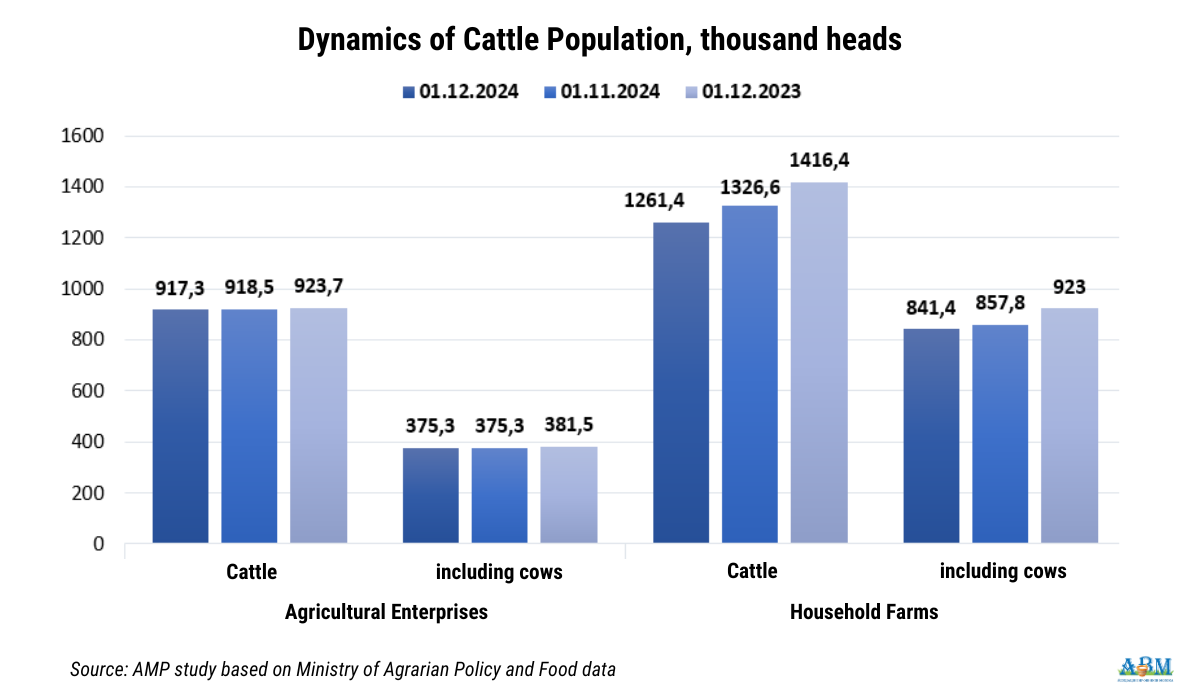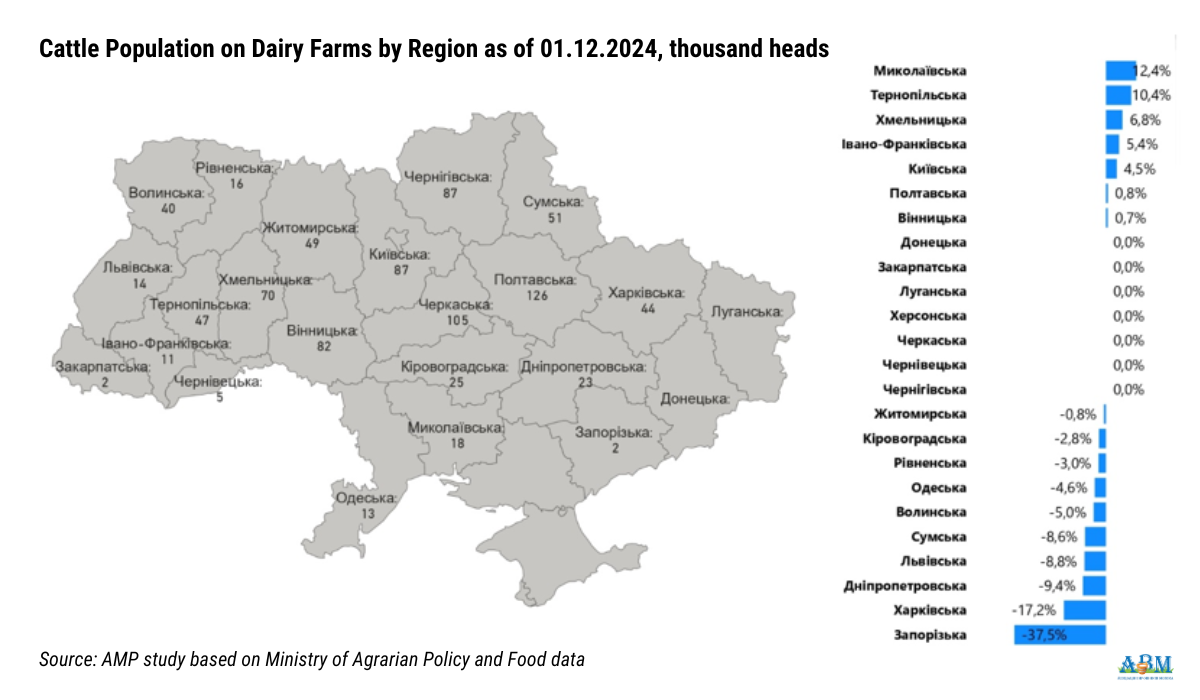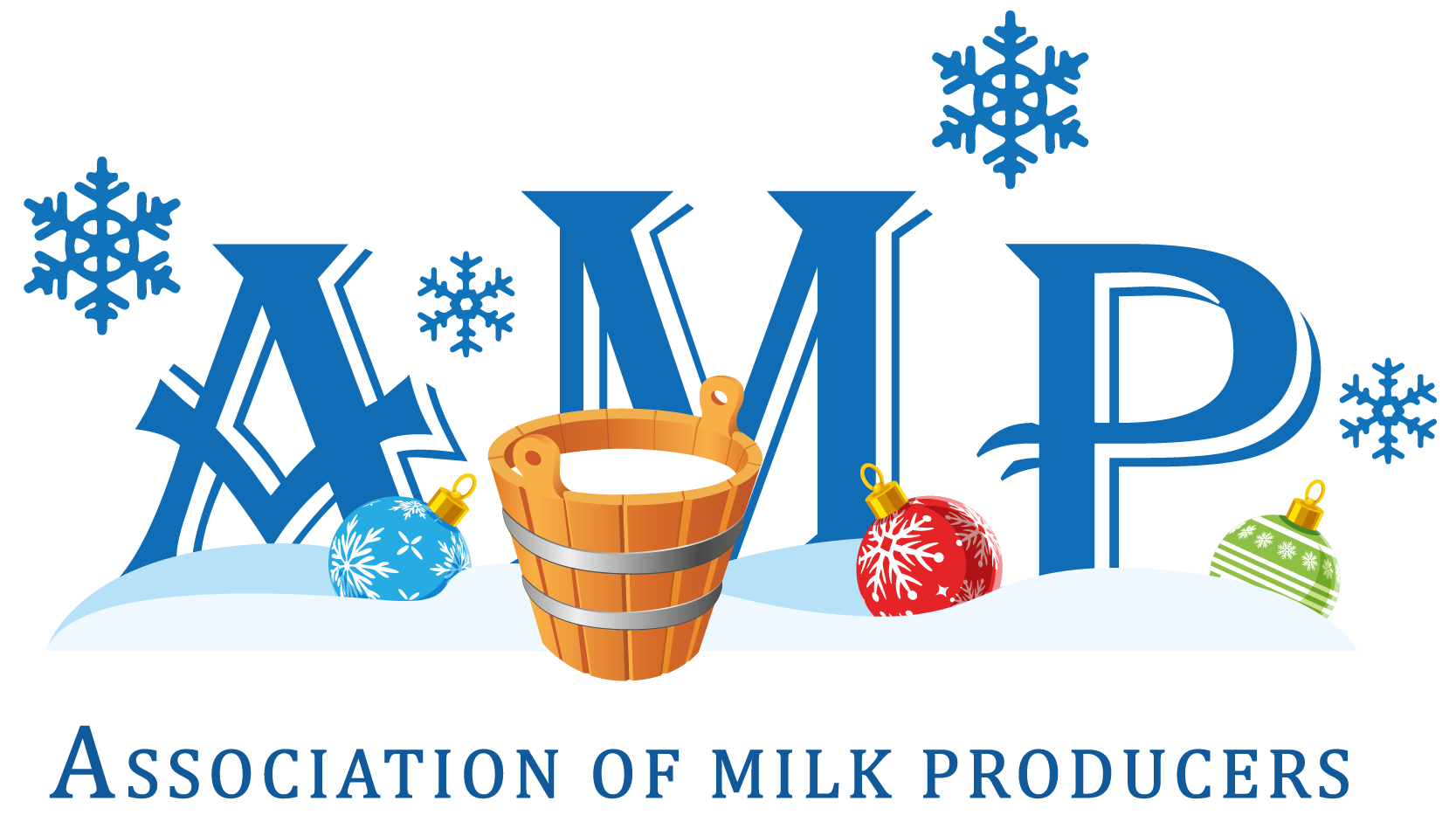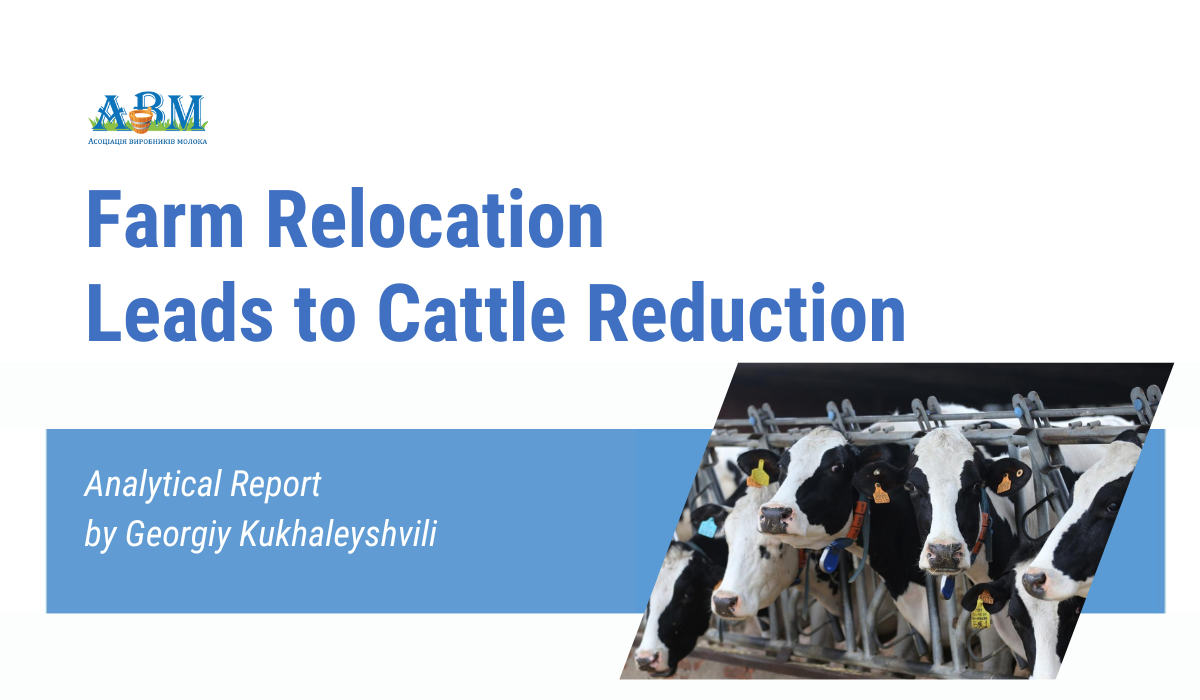The relocation of farms from the Dnipropetrovsk and Sumy regions and the lack of facilities for keeping animals in other regions are likely to contribute to the further reduction of cattle in Ukraine, reports Georgiy Kukhaleyshvili, an analyst at the Association of Milk Producers of Ukraine.
According to preliminary data from the Ministry of Agrarian Policy and Food of Ukraine, as of December 1, 2024, there are 2,178.7 thousand heads of cattle in the household and industrial sectors of Ukraine, including 1,216.7 thousand cows. Compared to November 1, 2024, the cattle population in Ukraine decreased by 66.4 thousand heads (-3%), and the number of cows decreased by 16.4 thousand heads (-1%). Compared to December 1, 2023, the cattle population decreased by 161.4 thousand heads (-7%), including cows by 87.7 thousand heads (-7%). About 42% of the animals are kept on industrial farms, and 58% in household farms.
In the industrial sector, there are 917.3 thousand heads of cattle, which is 1.2 thousand heads (-0.1%) less than on November 1, 2024. The number of cows amounted to 375.3 thousand and did not change over the last month. Over the past year, the cattle population on farms decreased by 6.4 thousand heads (-1%). The number of cows on dairy farms decreased by 6.2 thousand heads (-2%).
In the household sector, there are 1,261.4 thousand heads of cattle, which is 65.2 thousand heads (-5%) less compared to November 1, 2024. The number of cows in household farms as of December 1, 2024, amounted to 841.4 thousand heads, which is 16.4 thousand heads (-2%) less than a month ago. Over the past year, the number of cattle in household farms decreased by 155 thousand heads (-12%), and the number of cows decreased by 81.6 thousand heads (-10%).
Georgiy Kukhaleyshvili notes that the reduction in cattle has been occurring in Ukraine for many years due to the lack of an effective state support program for dairy farming. The reduction accelerated after the start of Russia's full-scale invasion. A typical situation for frontline regions is the death of a certain number of cattle due to shelling by Russian occupiers. Many farmers left their cows in occupied territories. These animals are not accounted for or were confiscated by Russian occupiers and sold for meat. Injured cows are sent for culling, which also contributes to the reduction of the cattle population.
Currently, there are prerequisites for the relocation of farms from the Dnipropetrovsk and Sumy regions to other regions of Ukraine due to the intensification of Russian missile and bomb attacks on border and frontline settlements. Farmers will be able to move only part of the cattle, as most farms in Ukraine were built in the 1970s-80s and no longer meet the requirements for keeping animals. The lack of facilities suitable for keeping cows creates prerequisites for further reduction of the cattle population.
Many farmers do not invest in increasing the cattle population during the war and experience a shortage of working capital. According to the study "Ukraine: The Impact of War on Agricultural Production Profitability," conducted by UCAB, the Ministry of Agrarian Policy and Food, with the support of GFDRR, production costs for farmers are rising faster than prices for finished products due to the increase in feed costs, electricity costs, the devaluation of the hryvnia, and the decline in the purchasing power of the population.
The most vulnerable to these challenges are household farms, where the reduction in cattle is happening at a faster pace. Enterprises, on the contrary, have proven to be more resilient to the consequences of the war. There is cautious optimism about increasing the number of dairy farms in relatively safe regions of Ukraine, which, despite the war, are modernizing existing and building new facilities and increasing the high-yielding cattle population. According to the Association of Milk Producers, at least 40 farms are currently implementing these measures.
According to preliminary data from the Ministry of Agrarian Policy and Food, the increase in the cattle population occurred on agricultural enterprises in the Mykolaiv region (+12%), Ternopil region (+10%), Khmelnytskyi region (+7%), Ivano-Frankivsk region (+5%), Cherkasy region (+5%), and Kyiv region (+4%) compared to December 1 last year.

Regionally, about 54% of the total cattle population is kept in farms of all categories in the following regions:
• Khmelnytskyi region – 217 thousand heads;
• Poltava region – 182.5 thousand heads;
• Vinnytsia region – 156.9 thousand heads;
• Ternopil region – 134.4 thousand heads;
• Cherkasy region – 127.1 thousand heads;
• Odesa region – 125.3 thousand heads;
• Chernihiv region – 120.5 thousand heads;
• Kyiv region – 107.9 thousand heads.

Press Service of the Association of Milk Producers
Follow us on Facebook
Related News



